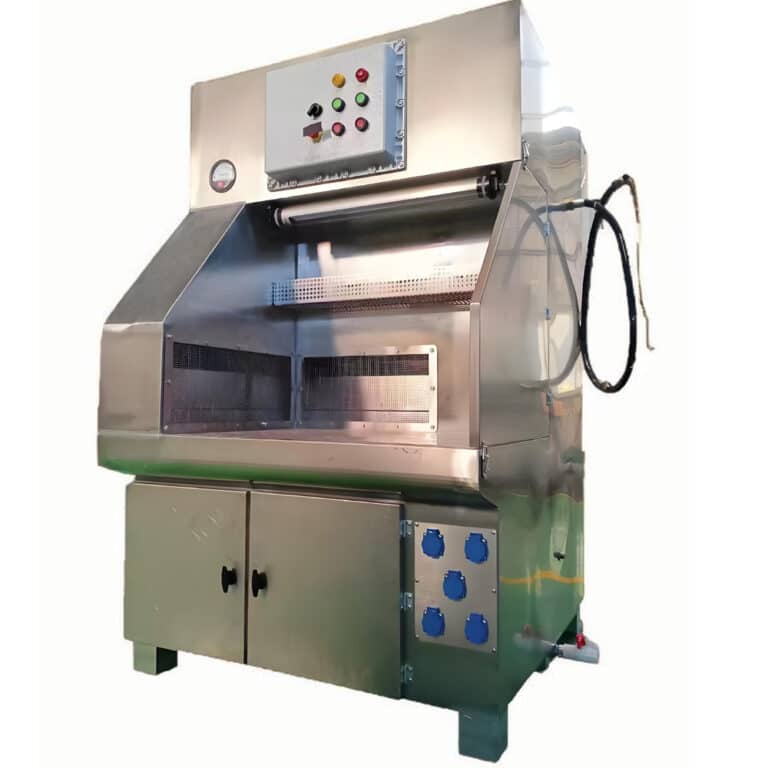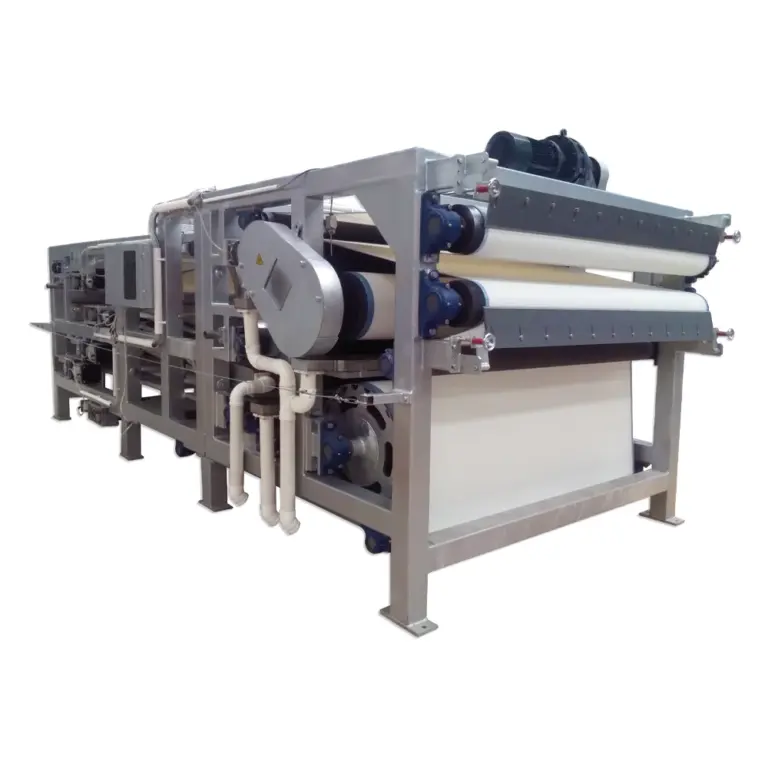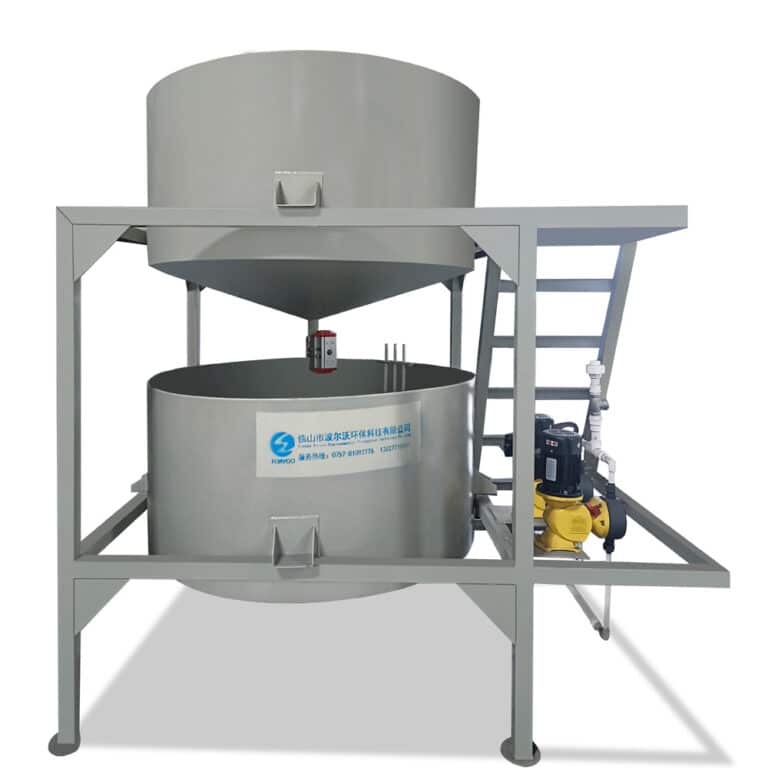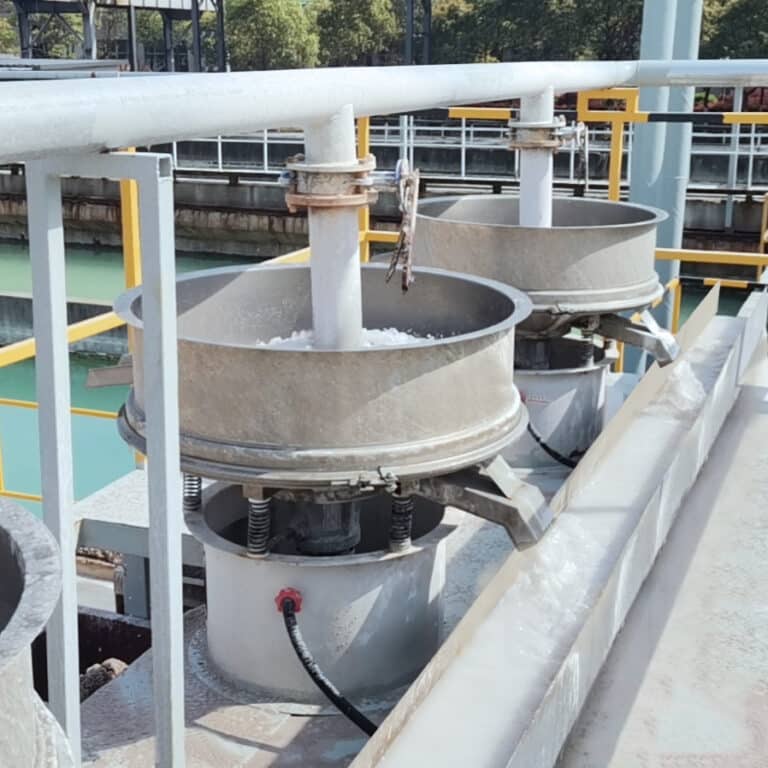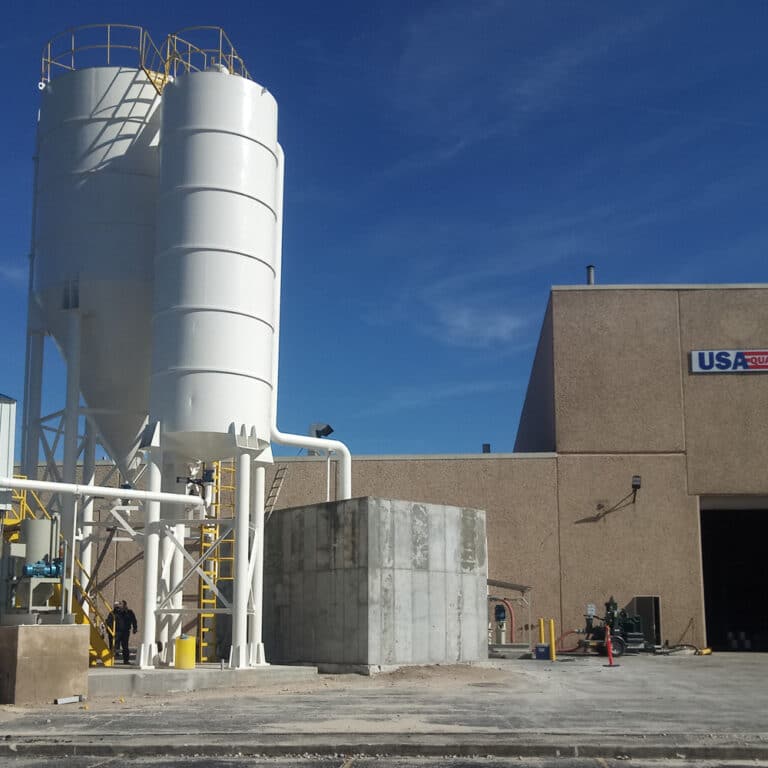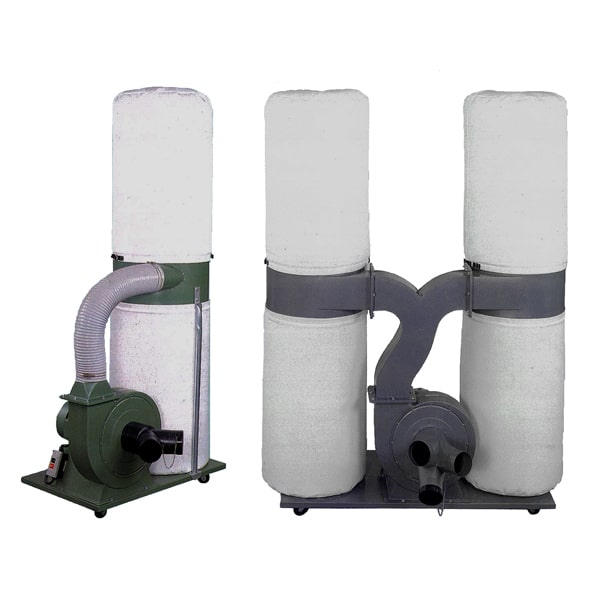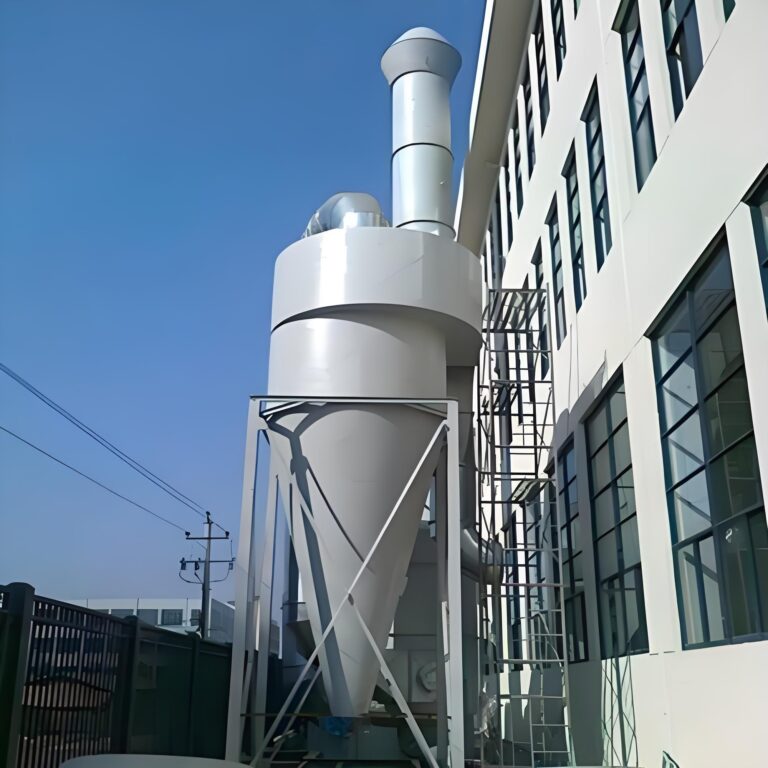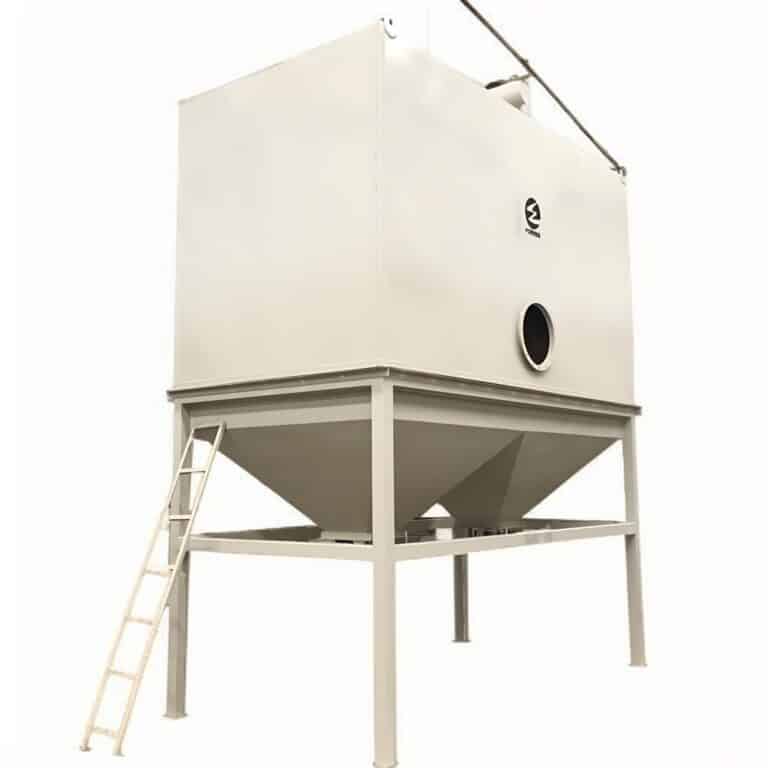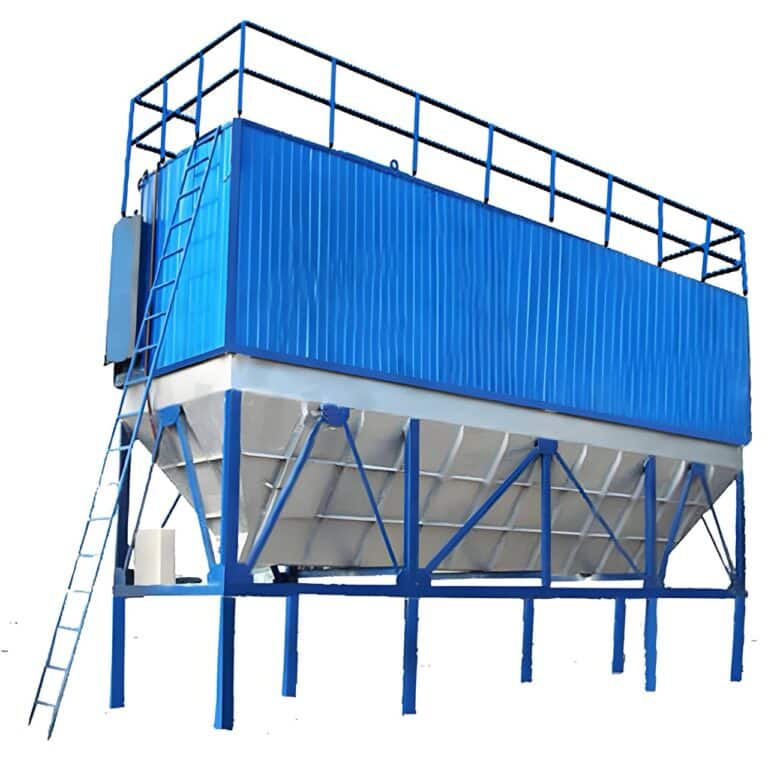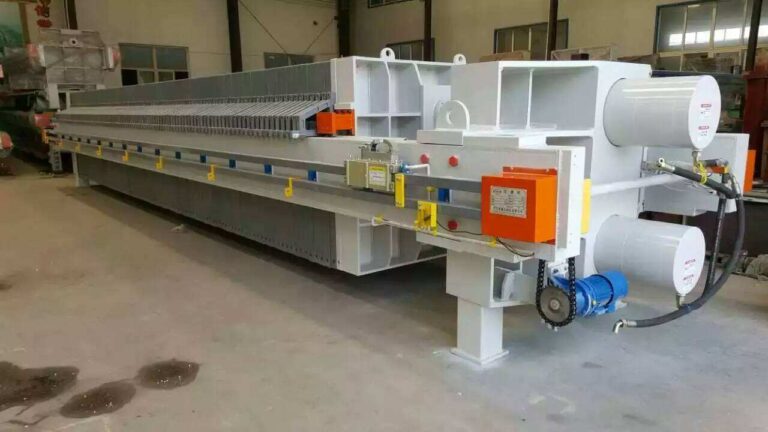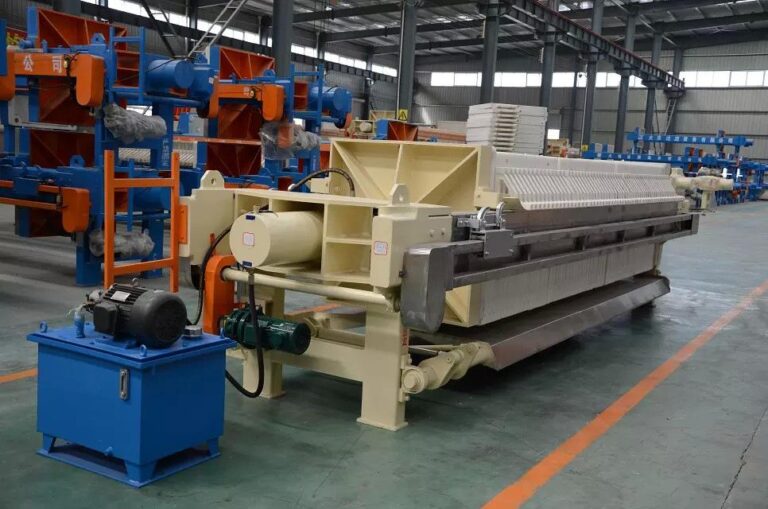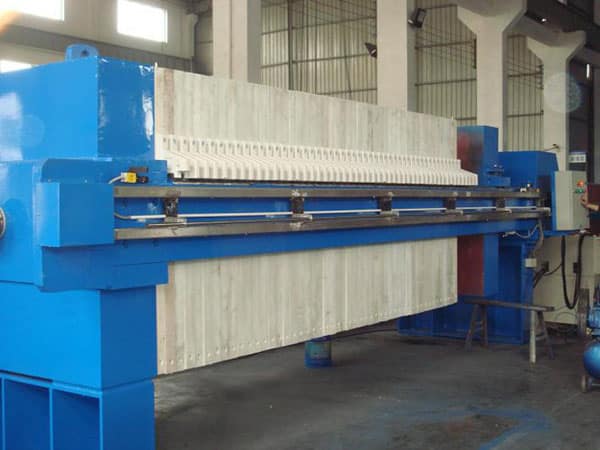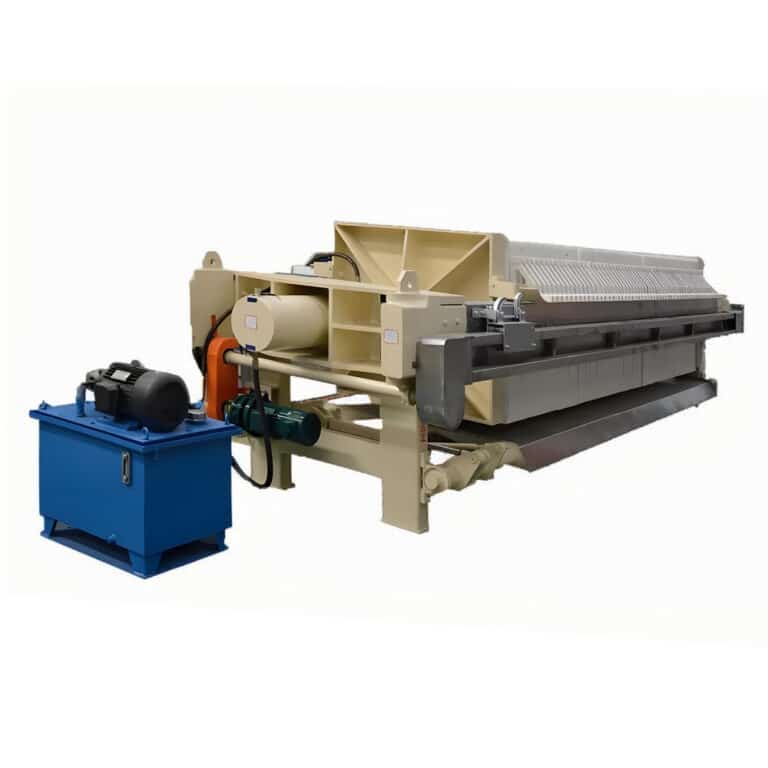I tavoli di smerigliatura downdraft industriali a secco e a umido sono strumenti essenziali nei processi di produzione e fabbricazione, in quanto forniscono uno spazio di lavoro sicuro ed efficiente per varie operazioni di smerigliatura, levigatura e lucidatura. La linea di tavoli di smerigliatura downdraft di PORVOO offre soluzioni innovative per applicazioni sia a secco che a umido, per soddisfare un'ampia gamma di settori, tra cui la lavorazione dei metalli, del legno e l'aerospaziale. Questi tavoli combinano una struttura robusta con una tecnologia di filtraggio avanzata per garantire prestazioni ottimali e la conformità alle norme di sicurezza.Approfondendo il mondo dei tavoli di rettifica downdraft, esploreremo le loro caratteristiche principali, le applicazioni e i vantaggi che apportano alle moderne strutture produttive. Dal miglioramento della sicurezza dei lavoratori all'aumento della produttività, questi tavoli sono diventati indispensabili in molti ambienti industriali.
"I tavoli di macinazione downdraft di PORVOO sono progettati per fornire una cattura superiore dei contaminanti, con un tasso di efficienza fino a 99% per le polveri e i particolati metallici".
Quali sono i componenti principali di un tavolo di rettifica downdraft?
I tavoli di smerigliatura downdraft sono sistemi complessi progettati per catturare e filtrare efficacemente i contaminanti presenti nell'aria. Gli elementi principali di un tavolo di smerigliatura downdraft comprendono una robusta superficie di lavoro, generalmente in acciaio o acciaio inox, con un design perforato o grigliato per consentire il passaggio dell'aria. Al di sotto di questa superficie si trova un plenum d'aria che dirige il flusso d'aria verso il sistema di filtraggio.I tavoli downdraft di PORVOO incorporano una tecnologia di filtraggio avanzata, compresi filtri a cartuccia ad alta efficienza o sistemi a base d'acqua per applicazioni a umido. Il sistema di filtrazione è alimentato da un robusto gruppo motore e soffiante, in grado di generare il flusso d'aria necessario per catturare efficacemente i contaminanti.
"I tavoli downdraft di PORVOO sono caratterizzati da un esclusivo design del plenum dell'aria che assicura un flusso d'aria uniforme su tutta la superficie di lavoro, massimizzando l'efficienza di cattura dei contaminanti."
| Componente | Funzione | Materiale |
|---|---|---|
| Superficie di lavoro | Fornisce un'area di macinazione | Acciaio/Acciaio inox |
| Plenum aria | Dirige il flusso d'aria | Acciaio zincato |
| Sistema di filtrazione | Cattura i contaminanti | Varie (HEPA, cartuccia, ecc.) |
| Motore/soffiante | Genera un flusso d'aria | Motore elettrico di livello industriale |
Come si differenziano i tavoli di macinazione downdraft a secco dai sistemi a umido?
I tavoli di macinazione downdraft a secco e a umido hanno scopi simili, ma utilizzano metodi diversi per catturare e contenere i contaminanti. La comprensione di queste differenze è fondamentale per la scelta del sistema giusto per applicazioni specifiche. I tavoli downdraft a secco si affidano a sistemi di filtrazione avanzati per catturare polvere e particolato. Questi tavoli utilizzano una serie di filtri, spesso comprendenti pre-filtri e filtri a cartuccia ad alta efficienza, per rimuovere i contaminanti dall'aria. I sistemi a secco sono generalmente più versatili e possono trattare un'ampia gamma di materiali. I tavoli downdraft a umido, invece, utilizzano l'acqua come mezzo principale per catturare e sopprimere i contaminanti presenti nell'aria. Questi sistemi sono particolarmente efficaci per la gestione di polveri combustibili e di materiali che presentano rischi di incendio o di esplosione.PORVOO offre tavoli di macinazione downdraft sia a secco che a umido, ciascuno progettato per soddisfare le esigenze specifiche del settore e i requisiti di sicurezza.
"I tavoli downdraft a umido di PORVOO raggiungono un tasso di cattura delle polveri metalliche combustibili del 99,9%, superando gli standard di sicurezza NFPA per la manipolazione di materiali pericolosi".
| Caratteristica | Sistema a secco | Sistema a umido |
|---|---|---|
| Metodo di filtrazione | Filtri dell'aria | Tenda/vasca d'acqua |
| Manutenzione | Sostituzione del filtro | Smaltimento di acqua e fanghi |
| Materiali adatti | La maggior parte delle polveri e dei particolati | Polveri combustibili, metalli |
| Mitigazione del rischio incendio | Moderato | Alto |
Quali sono i settori che traggono maggiore vantaggio dai tavoli di rettifica downdraft?
I tavoli di smerigliatura downdraft trovano applicazione in un'ampia gamma di settori, ognuno dei quali beneficia del miglioramento della sicurezza, della pulizia e dell'efficienza che questi sistemi offrono. La versatilità dei tavoli downdraft di PORVOO li rende adatti a diversi processi di produzione e fabbricazione. Nell'industria metallurgica, questi tavoli sono indispensabili per le operazioni di smerigliatura, sbavatura e lucidatura. Anche il settore della lavorazione del legno si affida ai tavoli downdraft per gestire la segatura e le particelle di legno generate durante i processi di levigatura e finitura. Le industrie aerospaziali e automobilistiche utilizzano tavoli di rettifica downdraft per lavori di precisione sui componenti, garantendo la cattura e il contenimento delle polveri sottili provenienti da materiali compositi e metalli.
"È stato dimostrato che i tavoli di rettifica downdraft di PORVOO riducono i livelli di particolato aerodisperso fino a 95% negli impianti di lavorazione dei metalli, migliorando in modo significativo la qualità dell'aria e la sicurezza dei lavoratori."
| Industria | Applicazione | Vantaggi principali |
|---|---|---|
| Lavorazione dei metalli | Rettifica, lucidatura | Cattura di metalli fini |
| Lavorazione del legno | Levigatura, finitura | Gestione della polvere |
| Aerospaziale | Lavoro composito | Controllo di precisione dei contaminanti |
| Automotive | Fabbricazione di parti | Miglioramento della qualità dell'aria |
In che modo i tavoli di rettifica downdraft migliorano la sicurezza sul lavoro?
La sicurezza sul posto di lavoro è una priorità assoluta in qualsiasi ambiente industriale e i tavoli di rettifica downdraft svolgono un ruolo cruciale nel creare un ambiente più sicuro per i lavoratori. Questi tavoli affrontano diversi problemi di sicurezza associati alla rettifica e a operazioni simili. Innanzitutto, i tavoli downdraft riducono significativamente la quantità di polvere e particolato nell'area di lavoro. Catturando i contaminanti alla fonte, riducono al minimo il rischio di problemi respiratori e di altri problemi di salute associati all'esposizione prolungata a particelle nocive.I tavoli di rettifica downdraft di PORVOO sono progettati tenendo conto dell'ergonomia, con altezze regolabili e posizioni di lavoro confortevoli per ridurre la tensione e l'affaticamento durante i lunghi periodi di utilizzo. Questa attenzione al design ergonomico aiuta a prevenire i disturbi muscoloscheletrici e migliora il comfort generale del lavoratore.Inoltre, questi tavoli contribuiscono alla sicurezza antincendio rimuovendo efficacemente le polveri combustibili dall'aria e dalla superficie di lavoro. Questo aspetto è particolarmente importante nelle industrie che trattano materiali a rischio di incendio o di esplosione.
"È stato dimostrato che l'implementazione delle tavole di rettifica downdraft di PORVOO riduce gli incidenti legati alla respirazione sul posto di lavoro fino a 60% negli impianti di produzione".
| Caratteristiche di sicurezza | Benefici | Impatto |
|---|---|---|
| Cattura del contaminante | Riduzione delle particelle sospese nell'aria | Miglioramento della salute respiratoria |
| Design ergonomico | Posizione di lavoro confortevole | Riduzione delle sollecitazioni muscoloscheletriche |
| Riduzione del rischio di incendio | Rimozione della polvere combustibile | Maggiore sicurezza sul posto di lavoro |
Quale manutenzione è necessaria per ottenere prestazioni ottimali dei tavoli di rettifica downdraft?
Una corretta manutenzione è essenziale per garantire le prestazioni e l'efficienza a lungo termine dei tavoli di macinazione downdraft. Una manutenzione regolare non solo prolunga la vita dell'apparecchiatura, ma ne mantiene anche l'efficacia nel catturare i contaminanti e proteggere i lavoratori.Per i tavoli downdraft a secco, l'attività di manutenzione più critica è la sostituzione dei filtri. I sistemi PORVOO sono progettati con vani filtro di facile accesso, che consentono una sostituzione rapida e semplice dei filtri. La frequenza di sostituzione dipende dall'uso e dal tipo di materiali trattati.I tavoli downdraft a umido richiedono una pulizia e un rifornimento regolari del sistema idrico. Entrambi i tipi di tavoli richiedono un'ispezione regolare di tutti i componenti, compresi i motori, le soffianti e i condotti. PORVOO raccomanda un programma di manutenzione completo per mantenere il sistema al massimo dell'efficienza.
"I tavoli di macinazione downdraft di PORVOO, con una corretta manutenzione, hanno dimostrato di mantenere 95% della loro efficienza di filtrazione iniziale anche dopo 2.000 ore di funzionamento continuo".
| Attività di manutenzione | Frequenza | Importanza |
|---|---|---|
| Sostituzione del filtro (a secco) | Se necessario | Critico |
| Pulizia del sistema idrico (a umido) | Settimanale | Essenziale |
| Ispezione del motore/soffiante | Mensile | Importante |
| Pulizia dei condotti | Trimestrale | Necessario |
In che modo i tavoli di macinazione downdraft contribuiscono alla sostenibilità ambientale?
Nel panorama industriale odierno, la sostenibilità ambientale è una preoccupazione crescente. I tavoli di rettifica downdraft contribuiscono in modo significativo a ridurre l'impatto ambientale dei processi di produzione e fabbricazione. Catturando e contenendo efficacemente la polvere e il particolato, questi tavoli impediscono il rilascio di materiali nocivi nell'atmosfera. In questo modo non solo si migliora la qualità dell'aria all'interno della struttura, ma si riduce anche l'impronta ambientale complessiva dell'operazione.I tavoli di rettifica downdraft di PORVOO sono progettati tenendo conto dell'efficienza energetica. I sistemi avanzati di motori e soffianti ottimizzano il flusso d'aria riducendo al minimo il consumo energetico. Per i tavoli downdraft a umido, PORVOO ha sviluppato sistemi di riciclo dell'acqua che minimizzano il consumo di acqua e riducono gli sprechi. Questi sistemi a ciclo chiuso filtrano e riutilizzano l'acqua, riducendo in modo significativo l'impatto ambientale delle operazioni di macinazione a umido.
"I tavoli di macinazione downdraft ad alta efficienza energetica di PORVOO hanno dimostrato di ridurre il consumo di energia fino a 30% rispetto ai sistemi tradizionali di raccolta delle polveri, pur mantenendo tassi di cattura dei contaminanti superiori."
| Caratteristica della sostenibilità | Benefici per l'ambiente | Impatto |
|---|---|---|
| Filtrazione efficiente | Riduzione dell'inquinamento atmosferico | Miglioramento della qualità dell'aria locale |
| Motori ad alta efficienza energetica | Consumo di energia ridotto | Riduzione dell'impronta di carbonio |
| Riciclaggio dell'acqua (sistemi a umido) | Diminuzione del consumo di acqua | Conservazione delle risorse idriche |
Quali sono le innovazioni che stanno plasmando il futuro dei tavoli di rettifica downdraft?
Il settore dei tavoli di macinazione downdraft è in continua evoluzione, con nuove innovazioni che ne migliorano le prestazioni, l'efficienza e la versatilità. PORVOO è all'avanguardia in questi progressi, incorporando tecnologie all'avanguardia nei suoi ultimi modelli. Un'area significativa di innovazione è rappresentata dai sistemi di filtrazione intelligenti. Questi sistemi avanzati utilizzano sensori per monitorare la qualità dell'aria e regolare i parametri di filtrazione in tempo reale, ottimizzando le prestazioni e prolungando la durata del filtro. I tavoli intelligenti di PORVOO possono persino prevedere le esigenze di manutenzione, consentendo una manutenzione proattiva.Un altro sviluppo interessante è l'integrazione di design modulari. Questi consentono una facile personalizzazione e l'espansione dei tavoli downdraft per soddisfare le mutevoli esigenze. I sistemi modulari di PORVOO possono essere riconfigurati rapidamente per applicazioni diverse o scalati in base all'aumento della produzione. I progressi nella scienza dei materiali stanno influenzando anche la progettazione dei tavoli downdraft. Vengono sviluppati nuovi materiali filtranti con una maggiore efficienza di cattura e una durata di vita più lunga, che migliorano le prestazioni complessive del sistema e riducono i requisiti di manutenzione.
"Le ultime tavole di macinazione downdraft intelligenti di PORVOO hanno dimostrato un aumento della durata dei filtri di 25% e un miglioramento dell'efficienza energetica di 15% grazie all'ottimizzazione delle prestazioni in tempo reale."
| L'innovazione | Benefici | Impatto futuro |
|---|---|---|
| Filtrazione intelligente | Prestazioni ottimizzate | Riduzione dei costi di manutenzione |
| Design modulare | Maggiore flessibilità | Adattabilità alle mutevoli esigenze |
| Materiali avanzati | Miglioramento dell'efficienza | Sostenibilità migliorata |
In conclusione, i tavoli di rettifica downdraft industriali a secco e a umido svolgono un ruolo cruciale nei moderni processi di produzione e fabbricazione. Questi sistemi sofisticati offrono numerosi vantaggi, dal miglioramento della sicurezza sul posto di lavoro e della qualità dell'aria alla maggiore produttività e sostenibilità ambientale. L'impegno di PORVOO per l'innovazione e la qualità garantisce che i suoi tavoli di macinazione downdraft rimangano all'avanguardia di questa tecnologia essenziale.Man mano che le industrie continuano a evolversi e ad affrontare nuove sfide, l'importanza di un controllo efficace delle polveri e dei contaminanti non potrà che crescere. I tavoli di rettifica downdraft, con la loro capacità di catturare le particelle nocive alla fonte, rimarranno senza dubbio uno strumento fondamentale per mantenere ambienti di lavoro sicuri, puliti ed efficienti. Grazie ai continui progressi nel design, nei materiali e nelle tecnologie intelligenti, questi tavoli sono pronti a soddisfare le esigenze delle future applicazioni industriali, consolidando ulteriormente il loro ruolo di attrezzature indispensabili negli impianti di produzione di tutto il mondo.
Risorse esterne
- Amministrazione per la sicurezza e la salute sul lavoro (OSHA) - Ventilazione - Informazioni complete sugli standard di ventilazione del luogo di lavoro e sulle migliori pratiche.
- Associazione nazionale per la protezione antincendio (NFPA) - NFPA 484 - Standard per i metalli combustibili, fondamentale per comprendere i requisiti di sicurezza nella lavorazione dei metalli.
- Agenzia per la protezione dell'ambiente (EPA) - Inquinamento da particolato (PM) - Informazioni dettagliate sul particolato e sul suo impatto ambientale.
- Conferenza americana degli igienisti industriali governativi (ACGIH) - Risorse sull'igiene industriale e la salute sul lavoro, comprese le linee guida sulla ventilazione.
- Rete per la lavorazione del legno - Raccolta della polvere - Informazioni specifiche sul settore della raccolta delle polveri nelle applicazioni di lavorazione del legno.
- Fabbricazione e lavorazione dei metalli - Rettifica e finitura - Articoli e risorse sui processi e le attrezzature per la lavorazione dei metalli.
- Produzione e progettazione aerospaziale - Finitura delle superfici - Informazioni specializzate sui processi di finitura nell'industria aerospaziale.
- Consiglio per l'edilizia verde - Qualità ambientale interna - Linee guida per il mantenimento della qualità dell'aria interna in ambienti industriali e commerciali.
